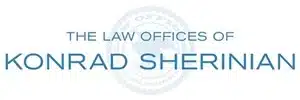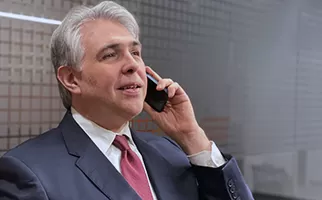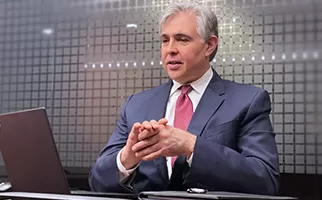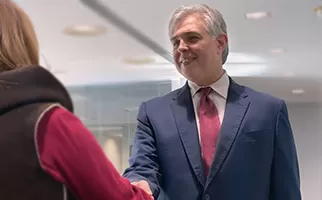Filing an International Patent Application with the PCT
The Patent Cooperation Treaty, or PCT as it is generally referred to, is a treaty entered into by most countries in the world in 1970. It essentially streamlines the initial filing process for international patent applications in all of the member countries. In essence, a PCT filing allows you to make an initial international patent application that serves as the first step to obtaining patent protection in a large number of countries. An international patent application via the PCT can be filed by anyone who is a resident of a country that is a signatory to the PCT. Countries that are signatories to the PCT are referred to as “Contracting States” and “Member Countries.”
The primary advantage of the PCT is that by filing the initial international patent application, the applicant essentially starts the process of applying for a patent in a large number of countries. Generally, if you are considering international protection in more than one country, you should strongly consider filing a PCT application. However, you should understand the costs of international protection before you start this process. Towards that end, we offer fixed fee filing for most PCT applications with a reasonable attorney fee plus, of course, the standard governmental fees. Our fee schedule for the PCT, reflecting our present fees and common governmental fees when the United States Patent & Trademark Office acts as the receiving office are listed at the end of this page.
First, when the international patent application is first filed, the application enters what is referred to as the “international phase.” The international phase is typically based on an earlier filed United States patent application, and must be filed within twelve (12) months of the filing of the United States application. The international phase typically lasts eighteen months from the date of filing, although some countries have different deadlines for entering the national phase.
Second, to actually obtain a patent in a specific country, the application must enter the second phase, i.e., national phase, for that particular country. To enter the national phase a filing must be made in a specific country; i.e., Mexico, or under a convention that covers a group of countries; i.e., the European Patent Convention or EPC. In many cases, the specification of an application will have to be revised, or even translated, as many countries in the world do not accept applications in English. Costs for the national phase of prosecution will vary widely between different countries.
The following table summarizes present costs for filing an international patent application via the PCT with the United States Patent & Trademark Office acting as the Receiving Office.
If you are concerned about the cost of an international patent application, our fixed fee table below reciting most charges should help you rest easier.
Patent Costs, Fees & Prices | Our Advice Can Save You Money (sherinianlaw.net)
If you want to pursue your international patent application via the PCT, please feel free to reach out to us via telephone or email. You may also fill out our online inquiry form and we will strive to get back to you within 24 hours.
Patent 101
Watch Our Video
Here’s a short video describing an overview on patents. It covers a lot of the basics, including the three main types of patents:
-
- Utility Patents
- Design Patents
- Plant Patents
Call for a Consultation
(630) 318-2606
Let’s Talk About Your Invention
Phone Consultation
Find it easier to talk rather than write? Have a lot of questions you want to ask? Let's talk over the phone.
Virtual Consultation
Need to share something on screen with us? Like to see who you are working with? Let's get online.
In-Person Consultation
Prefer a face-to-face and a handshake? We have offices in Chicago or Naperville, Illinois.
Whether you are at the initial starting stage, or trying to protect and enforce what you’ve already have, we can help patent and protect your idea or invention. Reach out to us today. We will quickly set up a time to discuss your intellectual property with an experienced patent attorney.
Available 24/7
Patent FAQs
Here’s a list of the most frequently asked questions about patents. Open each to see our pages dedicated to that topic.
How long does it take to get a patent in Chicago?
The timeline varies depending on the type of patent and the USPTO’s backlog. On average, utility patents take 1-3 years, while design patents are typically processed faster.
What is the cost of filing a patent?
Patent costs vary based on complexity. A utility patent can range from $5,000 to $15,000+, including USPTO and attorney fees. Design patents generally cost less.
Can I enforce my patent if someone infringes on it?
Yes, patent owners can legally enforce their rights and may file lawsuits in federal court for injunctions or damages. A patent attorney can help navigate the process.
What is the difference between utility and design patents?
- Utility Patents protect the functionality of an invention (valid for 20 years).
- Design Patents protect the appearance (valid for 15 years).
Do I need a patent attorney to file a patent?
While not required, working with a patent attorney significantly improves your chances of success, ensuring a strong, well-drafted application and USPTO compliance.
How do I check if my invention is already patented?
A patent search helps determine if an idea is novel. You can search the USPTO database, but a comprehensive attorney-conducted search provides the most reliable results.
Experienced Patent Attorneys
The attorneys at the Law Offices of Konrad Sherinian have extensive experience in patent matters. We’ve helped clients obtain numerous patents, including more difficult categories such as software, electronics, and the mechanical arts. We have obtained numerous patents in the United States and throughout the world. In addition, we have litigated patent cases on behalf of both plaintiffs and defendants in District Courts throughout the United States.




